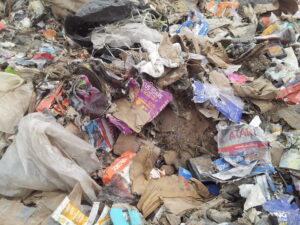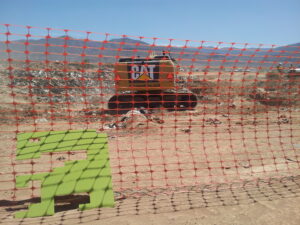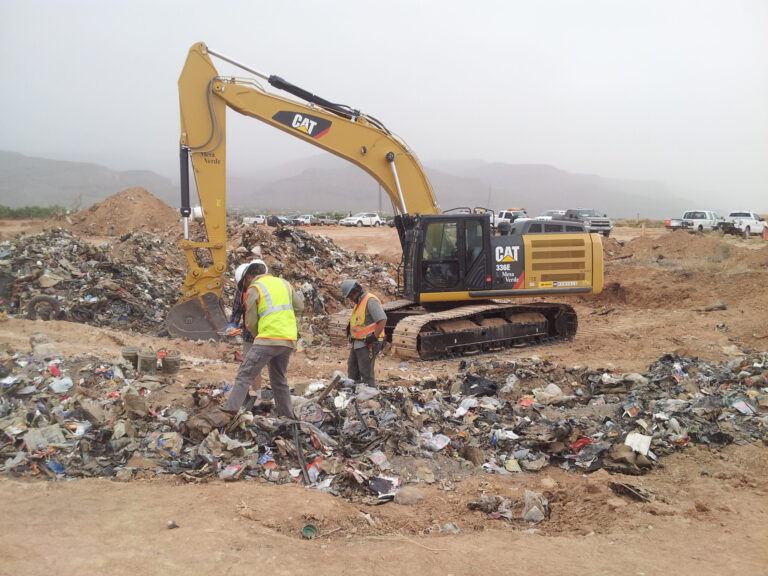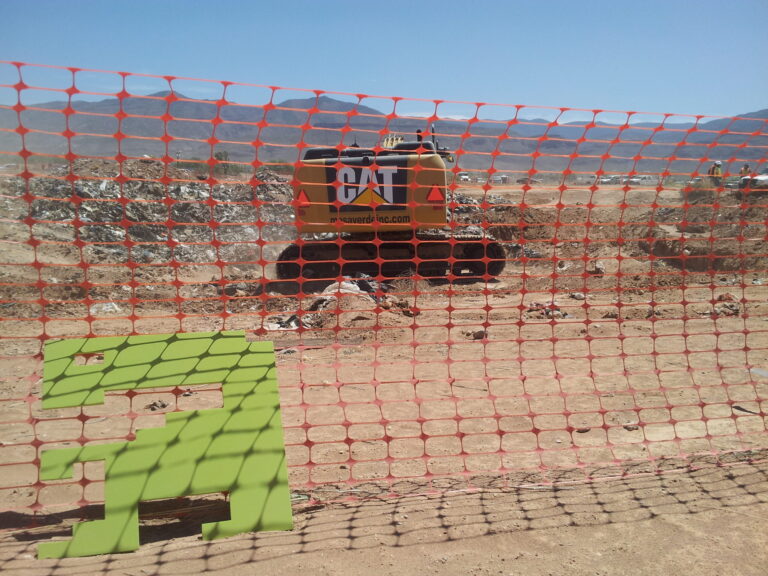Feature
 Mike Smith
Mike Smith
 Mike Smith
Mike Smith
Latest Article|September 3, 2020|Free
::Making Grown Men Cry Since 1992

 Mike Smith
Mike Smith
 Mike Smith
Mike Smith

Mike Smith


Mike Smith

Mike Smith

